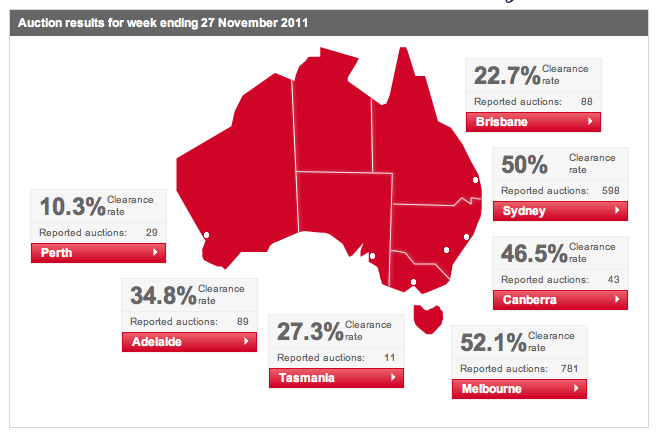I’ve stated a couple of times in the past that I felt many people were underestimating the government’s ability to re-stimulate the housing market. In a post in October, while analysing the flow-on effects from the Queensland government’s stamp duty changes, I stated:
With that in mind, I think we have seen is an uptick in sales driven by non-first home buyers of existing properties. That being that case the incentive was in fact as small as $6500. Again, possibly time to re-assess your thoughts on the ability of the government to re-stimulate the housing market.
AFG’s latest figures for lending in November came out late last week, and if they are anything to go by then that is all the market needs. The 25bps cut appears to have spawned a whole new round of lending on a level not seen since the first home buyer’s grant boost:
Mortgage borrowers defied the global gloom in November with the RBA’s quarter of a percent rate cut seeing the number of mortgages processed increase by 18.4% over October figures, according to AFG, Australia’s largest mortgage broker.
AFG processed over $2.9 billion of mortgages in November, its highest such figure since March 2009. AFG has 10% of the national mortgage market (Source: ABS data and AFG figures). The company’s data is usually indicative of the data published by the ABS six weeks later.
Growth was particularly strong in Victoria, where mortgages processed leaped 26.7% and Queensland (20.8%). Elsewhere, growth was recorded in NSW (16.4%), WA (15.8%) and SA (8.7%).
Mark Hewitt, General Manager of Sales and Operations says: ‘While November is seasonally a strong month for mortgages, the rate cut has certainly stimulated demand. We’re experiencing the paradox that weaker global economic conditions and lower rates, is good news for Australian property buyers – at least for now. It’s significant that investors and first home buyers are leading the action. Many had been fearful that we were locked into a scenario of constant rate hikes. The November rate cut proved to be a real a turning point and the outlook is very different now.’
Property investors accounted for almost 2 out of every 5 mortgages sold in November (38.4%) – an all time record for the AFG Mortgage Index, which goes back six years. Investors were especially active in New South Wales (44.6%) and Victoria (39.8%), but also strong in Queensland (37.7%), Western Australia (32.1%) and South Australia (30.0%).
Fixed rate loans came off their high of 20.4% of the product mix in October to 17.2% in November – a figure still well above the long term average.
Competition took a further hit however as the lender mix shifted back in favour of major lenders who held 80.4% market share, up from 78.9% in October. First Home Buyers continue to be the most supportive of non major lenders (28.7%) and investors the least (17.4%).
Now it should be noted that we also saw a surge in August only to be followed by two months of sliding data, so it is still too early to claim a trend has set in ( I am sure it hasn’t stopped some ). I must also note that there does not appear to be anything in any other leading indicator to suggest that AFG figures are flowing through to better market results. The auction clearance rates still appear to be subdued:

And reports from “Super Saturday” in Melbourne and Sydney certainly don’t appear to show that the market is “running hot”. Though results were up a couple of percentage points in both major capitals in the weekend just past. This suggests that at least some of the action may be in new homes and that the increase in sales reported for October has continued into November, again it is too early to tell.
However, there is no denying that this data is bullish, and if we see a cut in rates tomorrow and the employment data is OK then I would at least expect this trend to hold. I do think, however, that this isn’t just the 25 bps at work but the expectation, given recent history, that once the RBA cuts it does it multiple times.